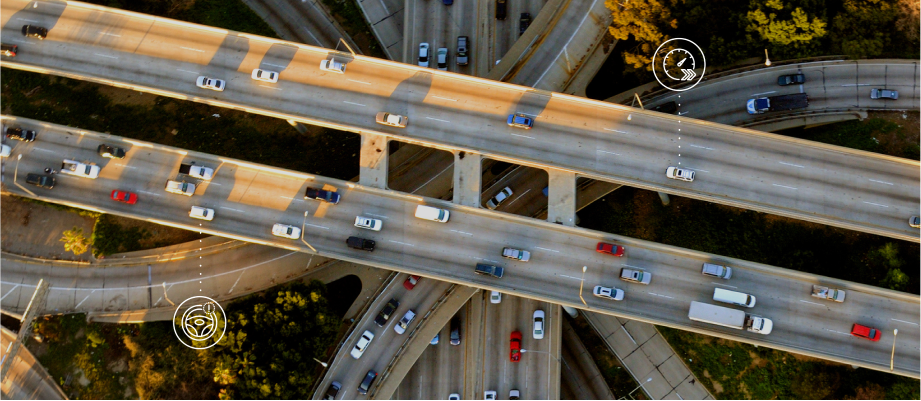How the transportation industry can help defeat distracted driving with driver behavior data

Distracted driving is growing at an alarming rate. In 2020, 3,142 people were killed in motor vehicle crashes involving distracted drivers — up from 2,841 in 2018. High death tolls reflect the magnitude of the problem, and the transportation industry needs to understand driving behaviors to find solutions that not only save money but also lives.
It’s clear that penalties for distracted driving haven’t proven adequately effective. Approximately 25% of drivers continue to use their phones nearly five times an hour while driving, making them 70% more likely to experience a collision than the average driver.
Provide near real-time feedback on driving behavior
Most distracted driving involves phone usage. But ironically, a mobile phone is the one tool that can help insurers capture risky behavior while giving direct feedback. For example, insurance apps are one of the best ways to engage customers because they provide a direct interface to drivers and can monitor information about their road behaviors. These apps are most effective when they reflect accurate data, engage users, and are easy to use.
Immediate, consistent, positive feedback from mobile apps reinforces safe and distraction-free driving. When the technology reflects actual driving behavior, apps encourage better driving. That’s important because infrequent negative outcomes like tickets or collisions often fail to deter distracted driving behaviors.
A mobile app maintains a constant connection to driving behavior, so it can provide direct feedback that external negative reinforcement can’t. Applications directly track driving behaviors, making sustained driving improvements more likely with the help of relevant offers and discounts.
These apps are easy to use when the front-end experience is well executed and constantly tested. A seamless and intuitive user experience helps drivers trust the functionality of the application, preventing additional stress while on the road.
By leveraging telematics data and a mobile app, you can influence safe driving behaviors by connecting with drivers through a convenient digital interface. When people view themselves as objectively good drivers they are more likely to practice safer driving behaviors. Bad drivers benefit from more visibility into their behaviors and are incentivized to correct them through positive reinforcement in the form of rewards.
Related benefits of real-time driving behavior data
The primary goal of our distracted driving initiatives should be making roads safer. But beyond saving lives, decreasing distracted driving can also result in several business benefits for insurers, including:
- Reduced costs: Safer drivers mean insurers save a considerable amount of money. Distracted driving costs the insurance industry roughly $9 billion annually.
- Accurate pricing: When you know your drivers are safe, you can competitively price them with confidence. Knowing who drives distracted and who doesn’t can improve your bottom line.
- Faster profitability: Safe drivers are profitable drivers. With a deeper and more accurate catalog of telematics data in your book of business, you’ll become more profitable.
Start de-incentivizing dangerous driving behaviors with Arity
Arity analyzes 500+ trips each second, totaling over 600 billion miles of driving behavior data. This data provides deep insights about who your drivers are, allowing you to reward good driving with confidence.
Discover additional distracted driving insights.